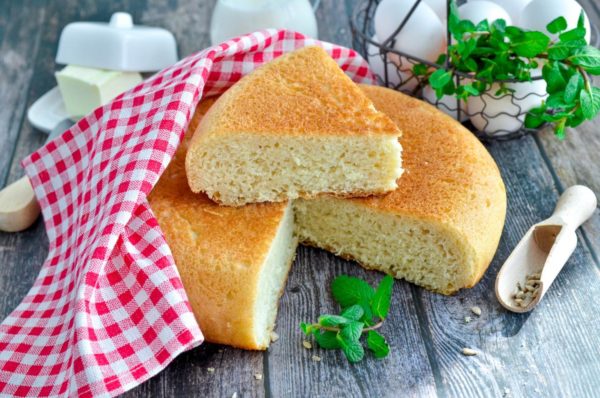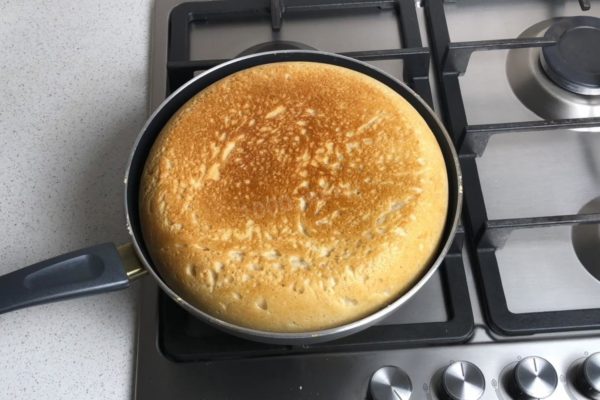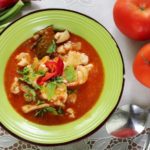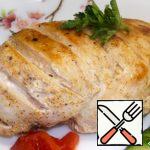| Prep Time | 5 minutes |
| Cook Time | 2 hours |
| Passive Time | 1 hour |
| Servings |
|
Ingredients
- 0.5 liter Water
- 5.5 gram Dry yeast
- 1 teaspoon Salt
- 1 teaspoon Sugar
- 500 gram Wheat flour / Flour
- 1 teaspoon Vegetable oil
Ingredients
|
Instructions
- Take a large bowl, as you'll be working with a significant amount of dough. Warm the water to about 38°C (100°F); this should feel pleasantly warm to the touch. It's in this water that the yeast will activate and start working. In colder water, the yeast won't activate, while in hot water, they'll be killed. Add yeast, sugar, and salt to the warm water, and mix them together.
- Continue kneading the dough with your hands. While you can use a mixer, we're making bread without an oven, so let's use our hands. Keep adding flour, but do so gradually. Observe the dough; it should not be too liquid but should not be too firm either. Stop kneading as soon as the dough starts to come off your hands. I used more than 500 grams of flour, but your requirement may differ.
Recipe Notes
I never thought it was possible to bake real bread in a frying pan, but this recipe turned out amazing. It even has a crispy crust. Absolutely delicious!
Be aware that the amount of flour needed may vary, so focus on achieving the desired dough consistency rather than strictly following the flour measurement.
When preparing this bread, it's preferable to use filtered or bottled water with a neutral taste. If using tap water, keep in mind that it can impart an unpleasant flavor to the dish.
Lastly, choosing the right frying pan is crucial for the success of this recipe. An improperly selected pan can adversely affect the outcome, so make sure you have a suitable one on hand.























